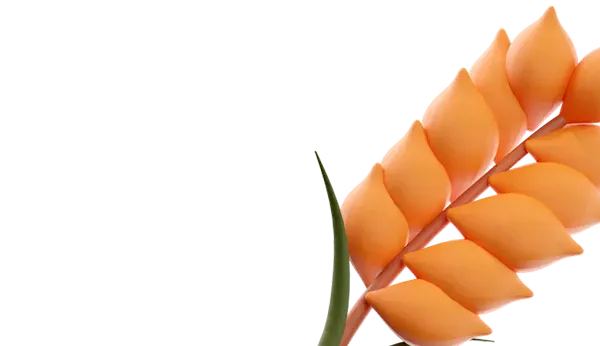Grow lavender in your garden, and you will be rewarded with charming flowers, delightful scent, and joy for pollinating insects. All of this can be obtained thanks to a plant that does not require special care.
If your goal is to enjoy fragrant lavender by using it to create scented sachets, add it to tea and baking, as well as to freshen the air in your home, then you can start harvesting the flowers. Furthermore, lavender can be used to relieve itching and swelling from mosquito bites, as well as to soothe minor cuts and inflammation.
However, to continue enjoying the aroma and beauty of its blooms, it is necessary to prune lavender annually. Over time, the plant becomes woody, produces fewer flowers, and becomes unattractive and susceptible to diseases.
Ideally, lavender should be pruned every year, without allowing intervals longer than a year between trimmings.
When to prune lavender after summer flowering and propagate it by cuttings similar to strawberry propagation
In spring, after inspecting the overwintered bushes, you should remove all damaged areas that appeared after wintering. Then wait for the plant to finish flowering and prune it. The timing of pruning may vary depending on the region, weather conditions, and lavender variety. For example, in hot and dry summers, lavender will fade earlier and will require pruning. There may also be a second, weaker wave of flowering, before which pruning should also be carried out.
You will know it's time to prune when all the flowers fade and turn gray, and the plant stops producing buds. If bees and bumblebees prefer other flowering plants over lavender, then it's time for pruning.
Use clean and sterilized pruning shears for lavender pruning. Leave some new green growth, cutting back 2/3 of the new shoots. Make the cut above small new leaves, where the stem becomes woody.
In addition, you can combine lavender pruning with propagation by cuttings, especially if the plant has become woody due to age or if you want to share lavender with others. Take a woody branch from the bottom of the plant, scratch the lower part of the stem to expose the cambium, and press the exposed stem into the soil. Then trim the main bush to redirect energy to the cutting for better rooting. Once done, cut the cutting with its own root system, dig it up, and transplant it.















